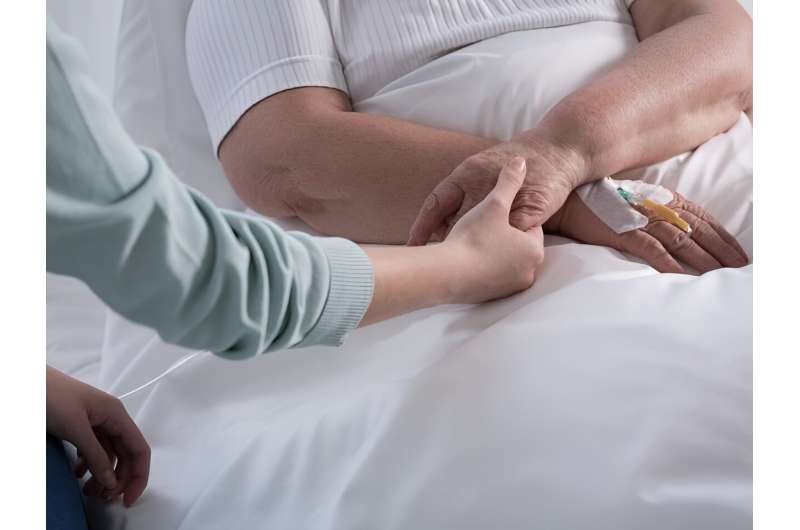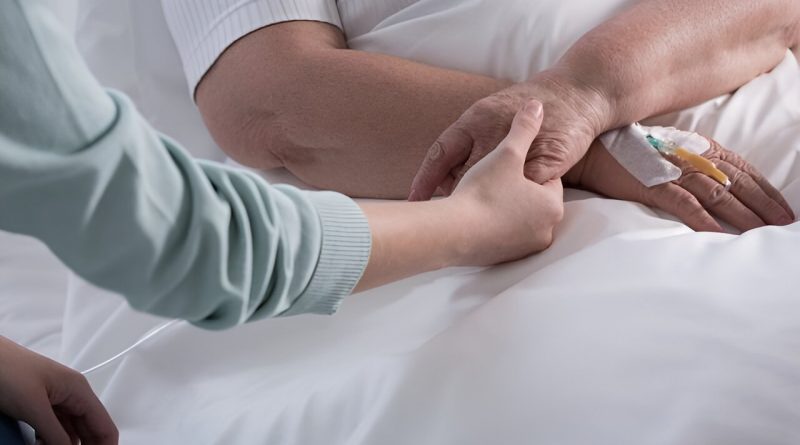Diabetes tied to higher use of hospital bed-days for many conditions

Type 2 diabetes is associated with increased risks for hospital bed-days for a wide range of medical conditions, according to a study published online Aug. 4 in PLOS Medicine.
Hongjiang Wu, M.P.H., Ph.D., from the Chinese University of Hong Kong, and colleagues used data from 758,254 people with incident type 2 diabetes and matched controls without diabetes followed for a median of 7.8 years, up to 2019.
The researchers found that 60.5 percent of people with type 2 diabetes and 56.5 percent of controls had a hospital admission for any cause, with a hospital bed-day rate of 3,359 and 2,350 bed-days per 1,000 person-years, respectively. With increasing age, the all-cause hospital bed-day rate increased in controls but showed a J-shaped relationship in people with type 2 diabetes. More than one-third (38.4 percent) of bed-days in those diagnosed with diabetes before 40 years of age were caused by mental health disorders. There was an increased risk observed for a wide range of medical conditions with type 2 diabetes for all-cause hospital bed-days (relative risks, 1.75 in men and 1.87 in women); both were statistically significant. For people diagnosed with diabetes at a younger age, rate ratios were greater but varied by sex according to medical conditions.
“Health care systems and policymakers should consider allocating adequate resources and developing strategies to meet the mental health needs of young people with type 2 diabetes, including integrating mental health services into diabetes care,” the authors write.
Several authors disclosed ties to the pharmaceutical industry.
More information:
Hongjiang Wu et al, Age- and sex-specific hospital bed-day rates in people with and without type 2 diabetes: A territory-wide population-based cohort study of 1.5 million people in Hong Kong, PLOS Medicine (2023). DOI: 10.1371/journal.pmed.1004261
Journal information:
PLoS Medicine
Source: Read Full Article
